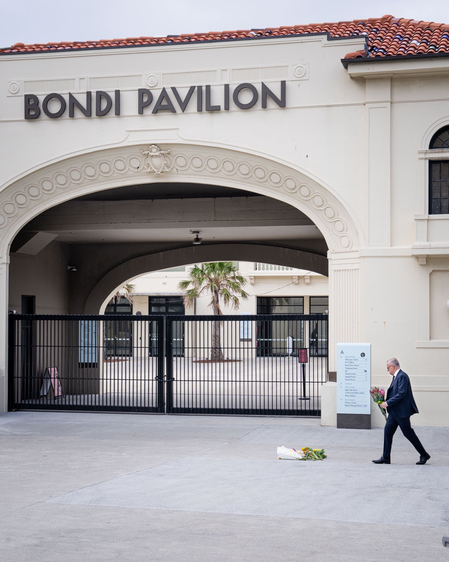
Singapore, Oct 17 (IANS) A 39-year-old Indian priest at Singapore’s oldest Hindu temple, who received more than SG$2.3 million by pawning gold jewellery of temple deities, failed in his appeal for a lighter jail term on Tuesday.
Kandasamy Senapathi, former chief priest of Sri Mariamman Temple in South Bridge Road, was sentenced to six years’ jail by a district judge in May this year, The Straits Times reported.
An Indian national, Kandasamy had pleaded guilty to two charges of criminal breach of trust (CBT) and two charges of removing the benefits of his criminal activities from jurisdiction.
Six similar charges were taken into consideration during the Indian national’s sentencing.
Kandasamy was employed by the Hindu Endowments Board (HEB) in December 2013 and was promoted to chief priest at the temple in July 2018. In 2014, he was entrusted with the keys and number code to the safe in the temple’s holy sanctum, which contained about 255 pieces of gold jewellery valued at about SG$1.1 million.
Kandasamy’s lawyer, Divanan Narkunan, argued before the High Court on Tuesday that the sentence imposed was manifestly excessive.
Divanan said the district judge had erred by focusing on the misappropriated sum stated in the charges without considering that the money actually obtained by Kandasamy were merely a fraction of the total pawn proceeds.
The lawyer pointed to the “unique fact pattern” in Kandasamy’s scheme between 2016 and 2020, which involved him “rolling” the pieces of jewellery, The Straits Times reported.
Kandasamy would pawn a piece of jewellery for cash and then return on another day to redeem the first piece of jewellery using a second piece of jewellery.
The lawyer argued that although Kandasamy received a total of SG$2.3 million, he had obtained only SG$141,054.90 as benefits as most of the pawn proceeds were used to redeem the jewellery and pay off the interest owed to the pawnshops.
Disagreeing, Justice Vincent Hoong pointed out that when Kandasamy pawned the pieces of jewellery, he received the proceeds as reflected in the charges.
The amount represented the value of the items misappropriated.
“How the appellant chose to use the pawn proceeds subsequently is irrelevant to determining the sum misappropriated in each of the CBT charges,” Hoong said, noting that that sums owed to the pawnshops were a result of Kandasamy’s unlawful acts.
“The appellant cannot now point to his use of a portion of the pawn proceeds to continue his offending conduct and avoid detection to argue that the sums misappropriated were lower. This is simply a disingenuous argument.”
From 2016 to 2020, Kandasamy pawned 66 pieces of the jewellery over 172 occasions and received a total amount of SG$2,328,760.
He deposited a portion of the money into his personal bank account and remitted SG$141,054.90 to India.
His activities went undetected as he was able to borrow sufficient money to redeem the pawned jewellery whenever he knew an audit was being scheduled, The Straits Times reported.
Once the audit was completed, he would pawn the temple’s jewellery again to return the money borrowed.
The offences came to light in July 2020, when a routine audit, which had been delayed due to the Covid-19 pandemic, was scheduled.
He initially tried to evade detection by telling a member of the temple’s finance team that he did not have the key to the safe as he had left it in India.
However, when he was told that the safe may have to be broken open for its contents to be audited, he confessed to pawning the temple’s jewellery.
All the pieces of jewellery he pawned have since been returned to the temple, except the sum of SG$141,054.90 which was remitted to India.
–IANS
mi/ksk




